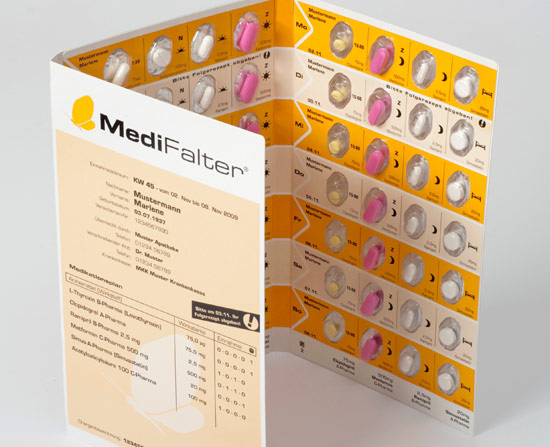 The latest packages are not only stronger but also require less material and permit efficient handling – integrated time-temperature indicators and microchips constantly indicate the product’s state of quality.
The latest packages are not only stronger but also require less material and permit efficient handling – integrated time-temperature indicators and microchips constantly indicate the product’s state of quality.Active systems are even capable of improving the quality of the contents during storage. For product manufacturers, smart packaging therefore ought to be a big talking point.
When it comes to “Güggeli”, their much-loved grilled chicken, the Swiss are not willing to make any compromises. Unless the chickens are reared in humane conditions, subjected to regular health checks and are absolutely fresh, they don’t make it to the table. The Ernst Kneuss Geflügel poultry company in Switzerland has therefore come up with something original for the fastidious Swiss.
On the cardboard boxes of its “Bachofe-Güggeli” grilling chickens, the company prints an OnVu label, a time-temperature indicator, that accompanies the chickens on their journey to the shops. A special pigmented ink in the interior of an apple symbol is irradiated with UV light during packaging and turns blue. From then on, the colour gradually fades in relation to time and temperature. The longer a “Güggeli” is stored in a warm place, the faster the colour changes. When the colour in the apple becomes paler than the surrounding reference colour, the consumer knows that it’s better not to eat the chicken.

“By enabling our customers to check the freshness and quality of our products, our labels underline our quality philosophy,” explains Kneuss CEO Daniel Kneuss. The poultry producer introduced the OnVu label in 2008, and other companies now aim to follow its lead. “We're negotiating with fast-food and retail chains worldwide,” says Martin Angehrn, in charge of OnVu at BASF. In 2008, the German chemical corporation purchased the Swiss paint specialist Ciba that had developed the indicator together with the German machine manufacturer Bizerba.
To assure customers of absolute product safety, the entire logistics chain has to be monitored from production through to the consumer. This applies particularly to perishable foods and to pharmaceutical products. Experience has shown repeatedly that spoilt foods and medicines pose a huge risk. So far consumers had only had the “best before” date to go by, a date that indicates how long a product can be used without loss of quality if correctly stored.
The problem is that in the event of breaks in the cooling chain or of moisture penetration, the product spoils prematurely and may put the consumer's health at risk. On the other hand, foods are often still fresh beyond the “best before” date, but are thrown away for safety's sake – an unnecessary waste of resources. Time-temperature indicators show the precise degree of freshness and can prevent waste. “They thus also contribute to sustainability,” says Angehrn.


